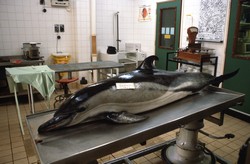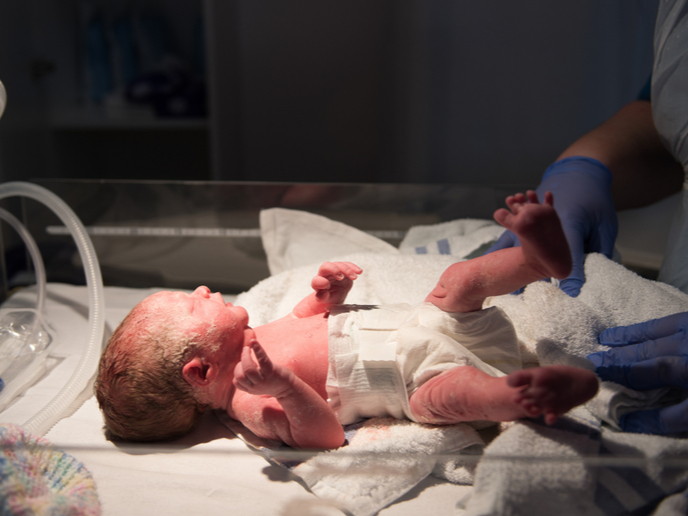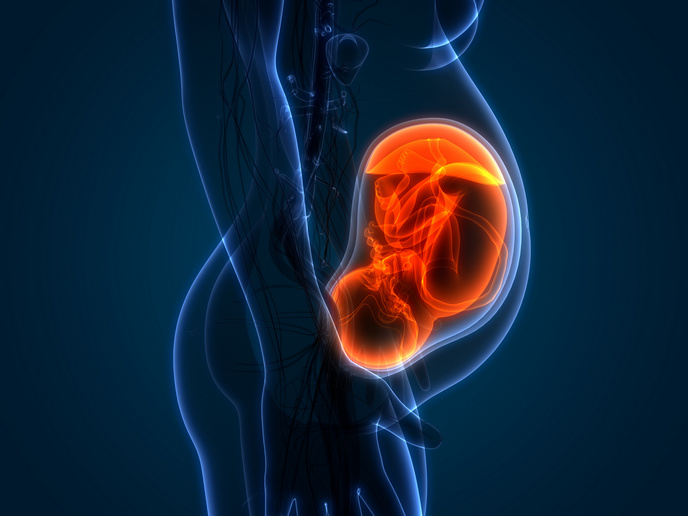The impact of multiple stressors on dolphin reproduction
Various stress conditions, including nutrition, disease and pollutants, can suppress reproductive function, inhibit growth and alter behaviour in mammals. The timing of these effects may also be important, and females may be more vulnerable during ovulation or before implantation. The EU-funded project CETACEAN-STRESSORS (The independent and interactive effects of multiple stressors on reproduction and development in cetaceans) studied the effect of stressors on a female's reproductive potential, a vital question for the survival of a species. Cetaceans are marine mammals and good indicators of environmental conditions, with their long lifespan and fat stores serving as depositories for anthropogenic pollutants. These pollutants can cause toxic effects as endocrine-disrupting chemicals interfere with normal reproductive function. Nutritional stress in these animals is caused by reduced food availability and is a crucial determinant for ovulation, length of lactation, neonate size and survival. To study the reason behind the low reproductive rates seen in the common dolphin populations of the NEA and NZ, researchers sampled stranded animals and performed post-mortem examinations (necropsies). They assessed the animals' health, nutritional status, age, sex hormone levels, and evidence of pollutant- and stress-related pathologies, including reproductive abnormalities. An increased incidence of female reproductive tract pathologies such as tumours, endocrine disorders, lesions and ulcers was noted in NEA common dolphins and harbour porpoises. Results suggest that reproductive dysfunction in NEA harbour porpoises and common dolphins may be related to polychlorinated biphenyl (PCB) exposure occurring either through endocrine-disrupting effects or via immunosuppression and increased disease risk. Declines of PCB and other organochlorine concentrations in biota have been slow due to global cycling and long half-lives of these pollutants (up to 100 years). This fact, together with inherited maternal pollutant burdens in first-born offspring and generational epigenetics effects, has raised concerns about the current and future population-level effects of PCBs on the NEA populations of harbour porpoises and common dolphins. CETACEAN-STRESSORS addressed a major issue in marine conservation within and outside Europe by determining how to assess the effects of individual and multiple stressors in cetaceans. The results shed light on the impact of stressors on reproductive physiology and pathology, which is essential for conserving and managing common dolphin and harbour porpoise populations.







